Picking the best places in Belgium feels like trying to choose between waffles and chocolate – impossible because they’re both amazing in their own way. This small country packs more charm into its borders than you might expect, from medieval towns that look straight out of a fairy tale to modern cities buzzing with energy. Belgium gives you everything: grand market squares where history comes alive, peaceful canals lined with step-gabled houses, rolling countryside dotted with ancient abbeys, and cities where art nouveau meets street art.
After spending months exploring every corner of this pocket-sized paradise, I’ve tried my best to narrow down the choices. These picks cover both the French-speaking south and Dutch-speaking north, from busy city centers to quiet countryside spots. Each place made the list not just for what you’ll see, but for the whole experience – the local culture, the food, the atmosphere, and those special moments that make you fall in love with a destination.
Whether you’re a first-time visitor or returning for another round of Belgian beer and frites, this collection of 15 must-visit places will help you discover both famous landmarks and hidden gems that make Belgium truly special.
- Best tourist destination: Grand Place Brussels
- Underrated hidden gem: Dinant
- Best for families: Mini-Europe
- Best for couples: Bruges Canals
- Best for solo travelers: Ghent
- Best for history buffs: Waterloo Battlefield
Brussels, Belgium
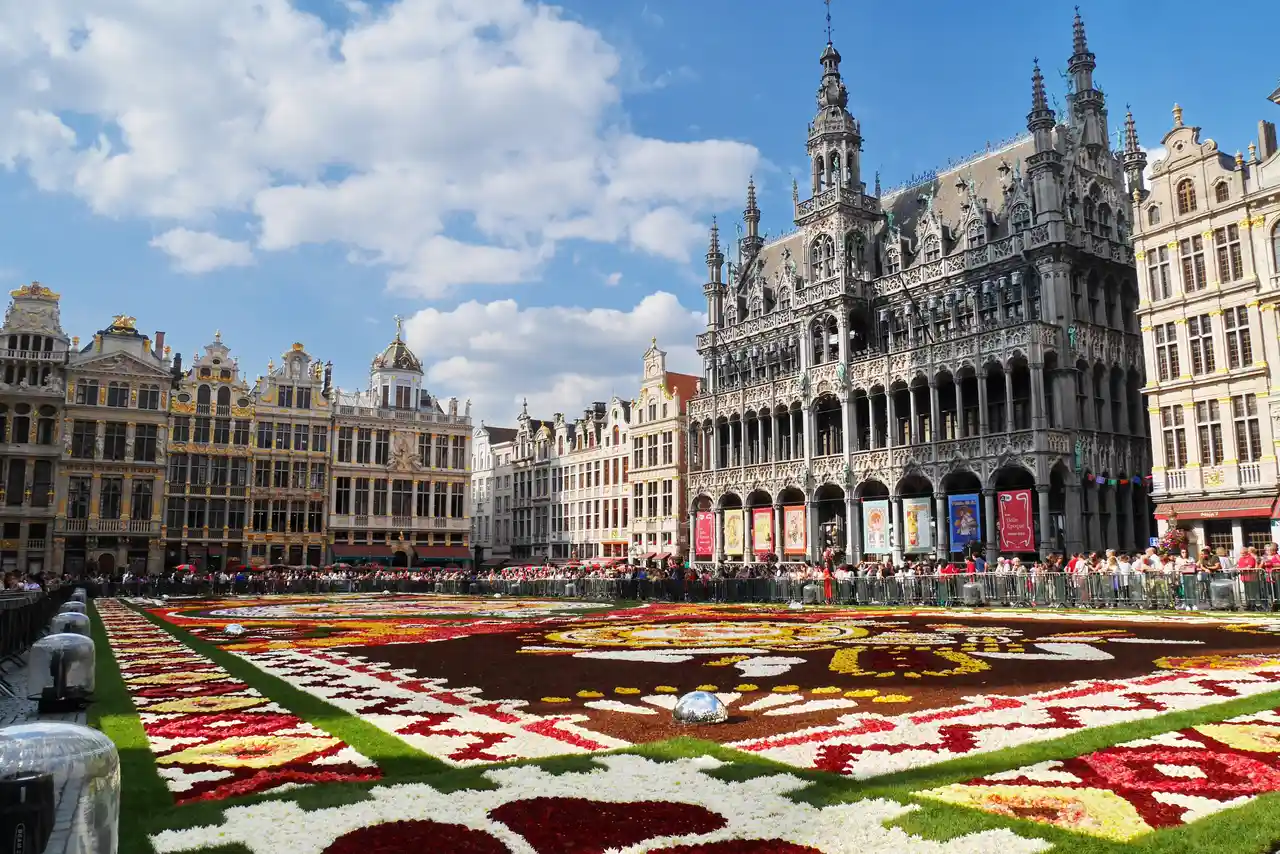
As the capital of Belgium, Brussels stands proudly at the heart of European politics. Like many major European cities, it has grand squares, ornate architecture, and world-class museums. But what sets Brussels apart is how it seamlessly blends serious business with playful charm. Just walk through the historic Grand Place, where gilded guild houses share the neighborhood with quirky comic book murals and tiny shops selling waffles. Because of its role as the EU’s administrative center, Brussels has become home to people from all over Europe, and you’ll find this mix reflected in its food scene – from traditional Belgian frites stands to high-end international restaurants.
Bruges, Belgium
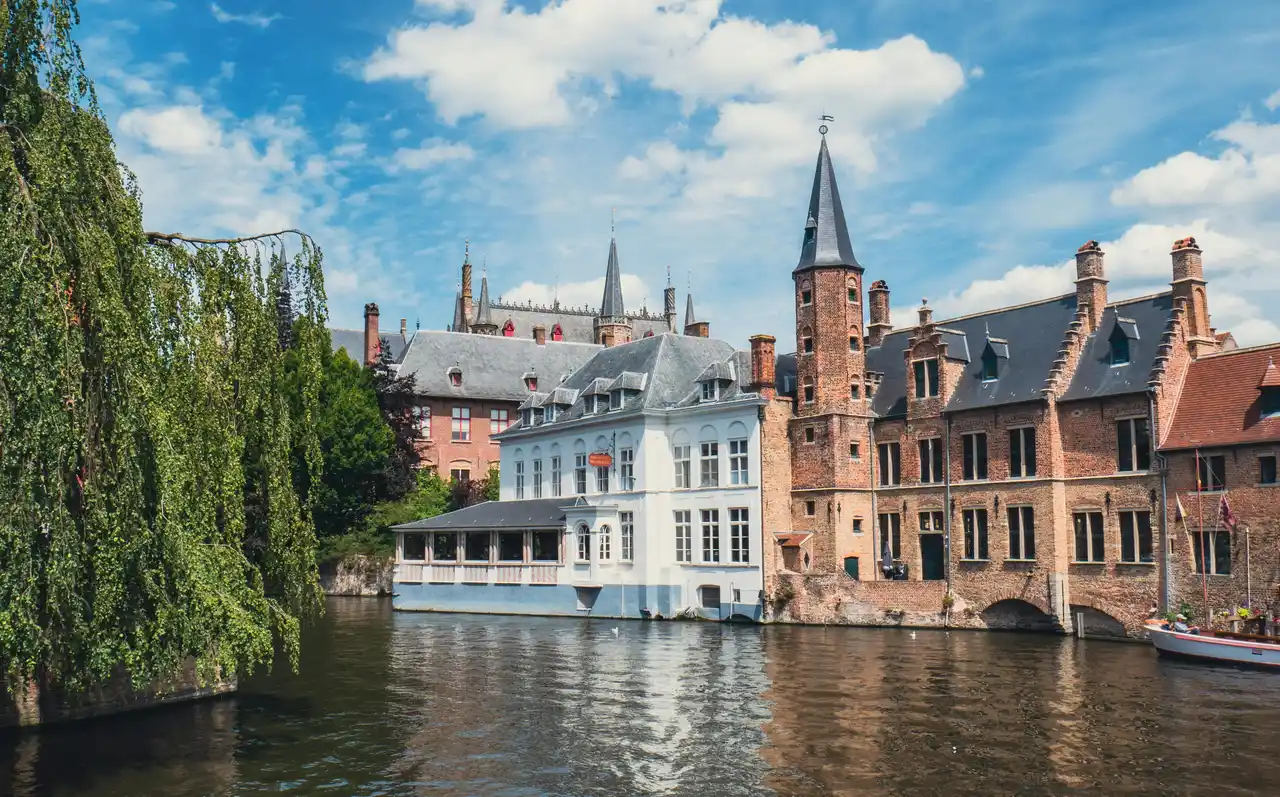
Bruges is like stepping into a perfectly preserved medieval storybook, and I never tire of wandering its cobblestone streets. This small Belgian city’s winding canals and Gothic architecture make it feel frozen in time, with horse-drawn carriages still clip-clopping past centuries-old guild houses and church spires. Most visitors spend their days drifting between chocolate shops and canal-side cafes, sampling local beers and Belgian waffles along the way. While it can get busy with day-trippers, staying overnight lets you experience the magic of Bruges after the crowds leave, when the evening light reflects off the quiet canals and the Market Square comes alive with locals.
Ghent, Belgium
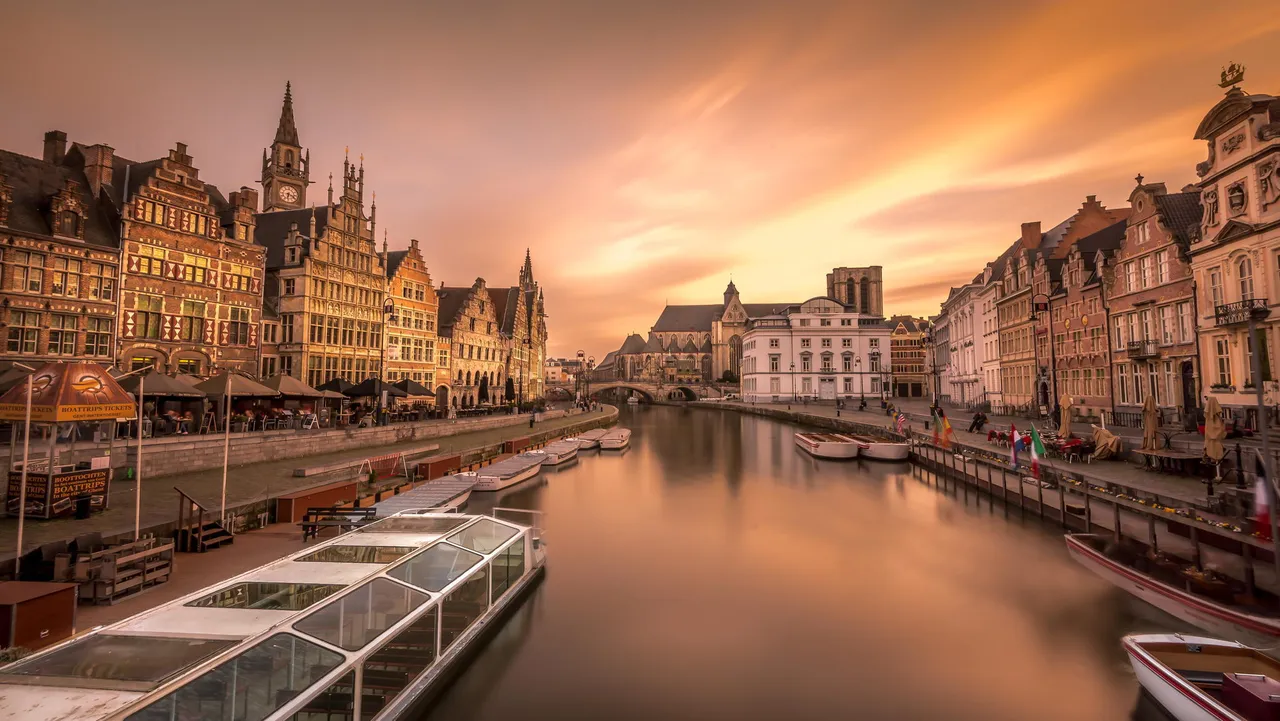
Ever wandered through a medieval city that feels frozen in time? That’s what you’ll find in Ghent, where Gothic spires and ancient canals create a scene straight from a storybook. A quick train ride from Brussels, this university town manages to be both historic and totally down-to-earth, with students zipping past 12th-century buildings on their bikes. You can climb the massive Gravensteen castle, built in 1180 by the Counts of Flanders, or hop between cozy bars sampling some of Belgium’s famous beers. The nighttime views along the Graslei harbor will make you feel like you’ve stepped into a painting, especially when the medieval guild houses light up after dark.
Antwerp, Belgium
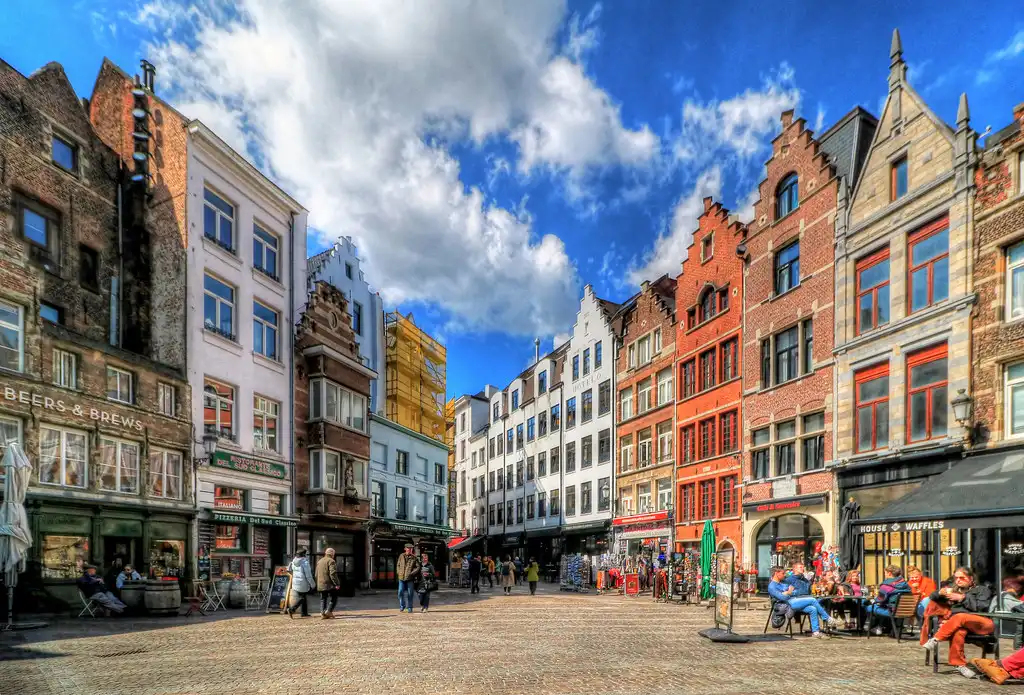
Experience the perfect blend of old and new in Antwerp, Belgium’s diamond capital and second-largest city. Start your visit at the Central Station, widely considered one of Europe’s most beautiful train stations, with its grand dome and marble interiors. Head to the Diamond District, where you can watch craftsmen at work and browse countless jewelry shops. For art lovers, the Rubens House offers a glimpse into the life and works of Peter Paul Rubens, while the MAS Museum provides panoramic views of the city from its rooftop. End your day at the Grote Markt, where you can sample Belgian beers and chocolates while admiring the Renaissance-era City Hall and guild houses.
Leuven, Belgium
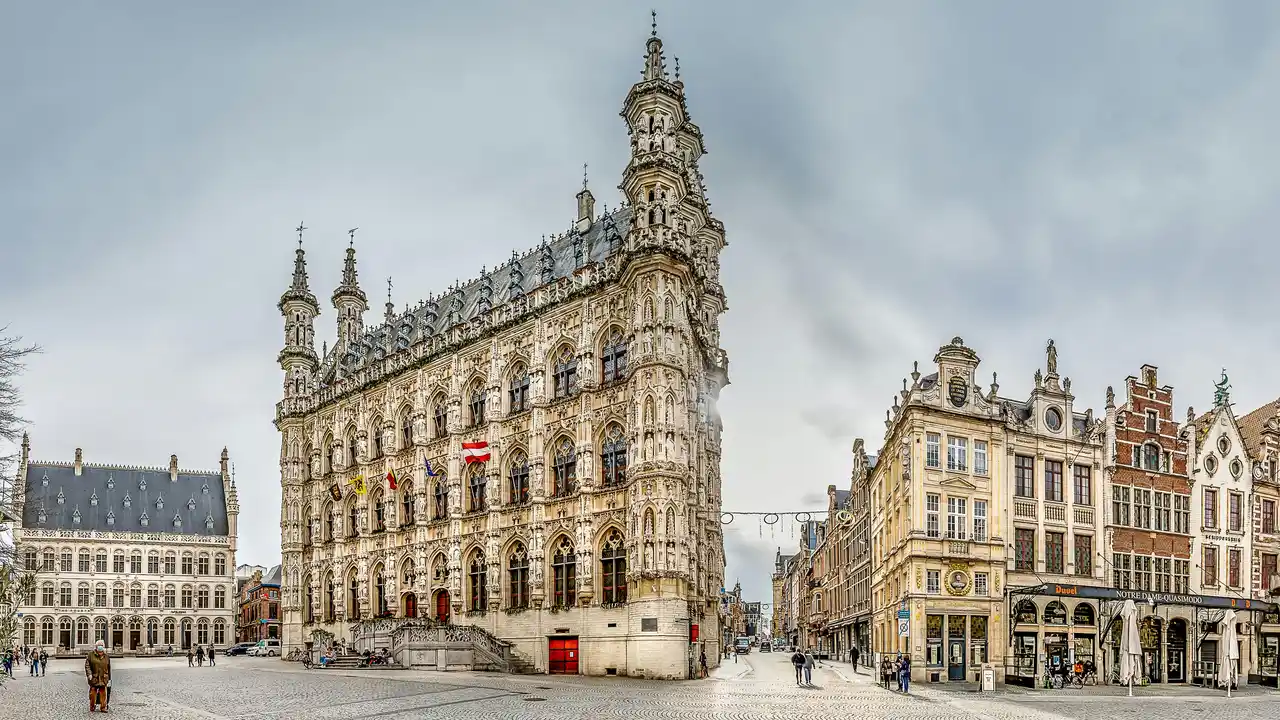
Tucked away in Belgium’s Flemish region, Leuven is a welcoming university town that holds a special place in my heart. Home to the historic KU Leuven, one of Europe’s oldest universities, the city combines old-world charm with youthful energy. The streets are lined with Gothic buildings, cozy beer bars, and the eye-catching Town Hall – a masterpiece of medieval architecture that looks like it belongs in a fairytale book.
Dinant, Belgium
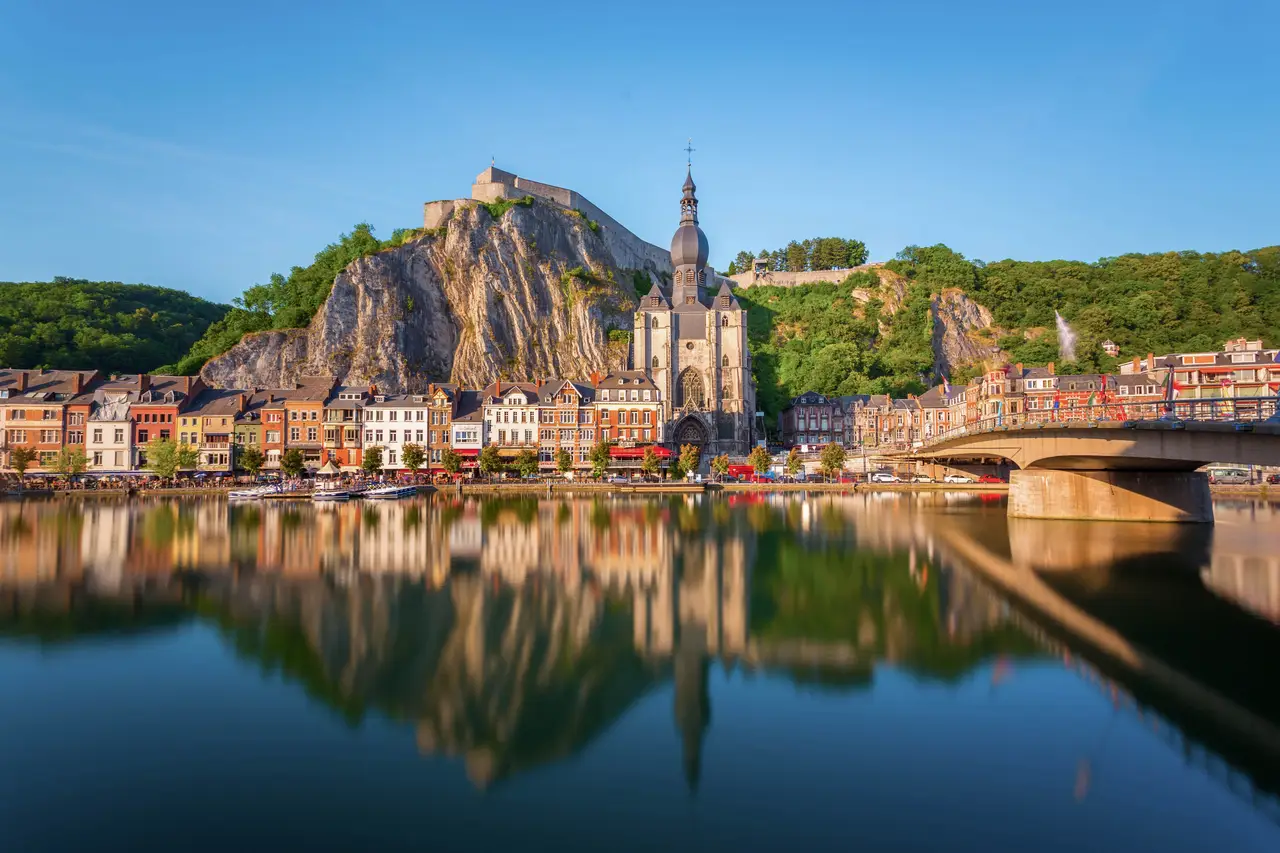
Nestled along the Meuse River in southern Belgium, Dinant first caught my eye during a road trip through the Wallonia region in 2019. This medieval town sits snugly between towering limestone cliffs and the winding river, with its signature Notre Dame Cathedral and citadel creating an unforgettable skyline. The birthplace of Adolphe Sax, inventor of the saxophone, Dinant’s narrow streets are dotted with quirky saxophone sculptures and charming cafes serving local specialties. The town’s Leffe Abbey, home to the famous Belgian beer, draws visitors to its museum where centuries-old brewing traditions come to life. From the cable car ride up to the citadel to kayaking along the Meuse, Dinant offers a perfect blend of history, culture, and outdoor adventure that makes it one of Belgium’s hidden gems.
Ostend, Belgium
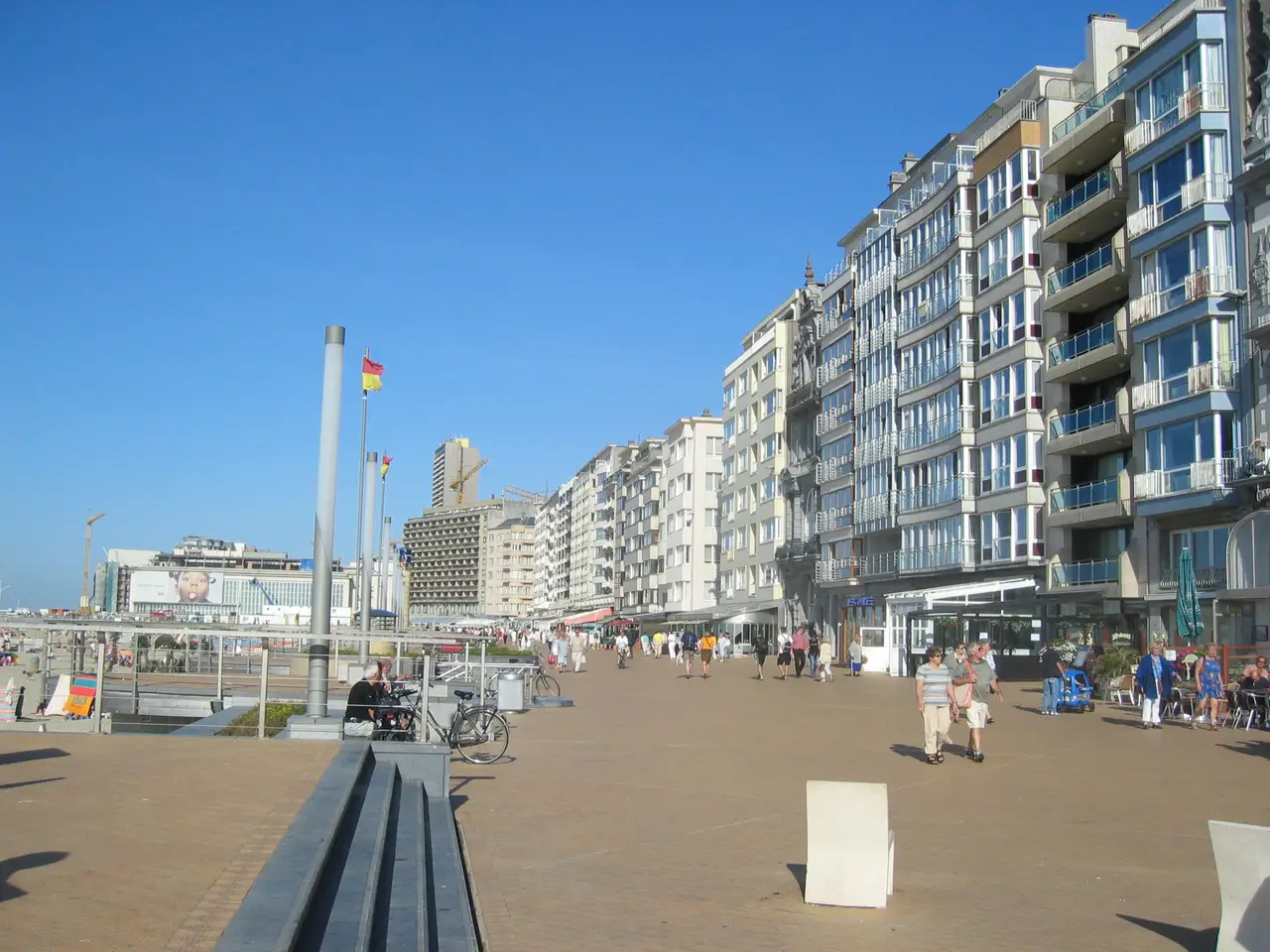
If you’re looking for a classic Belgian seaside escape, Ostend should be at the top of your list. This coastal city has been drawing visitors to its wide sandy beaches and pleasant promenade since Belgian royalty first made it their summer playground in the 1800s. Today, you’ll find a perfect mix of old-world charm in the historic city center and fresh sea air along the waterfront, where locals and tourists alike gather to feast on fresh seafood at the harbor restaurants. The city really comes alive during summer when beach-goers spread their towels on the sand and street performers entertain crowds along the boardwalk, but even in winter, there’s something special about watching storms roll in from the North Sea while sipping hot chocolate in a cozy café.
Bastogne, Belgium
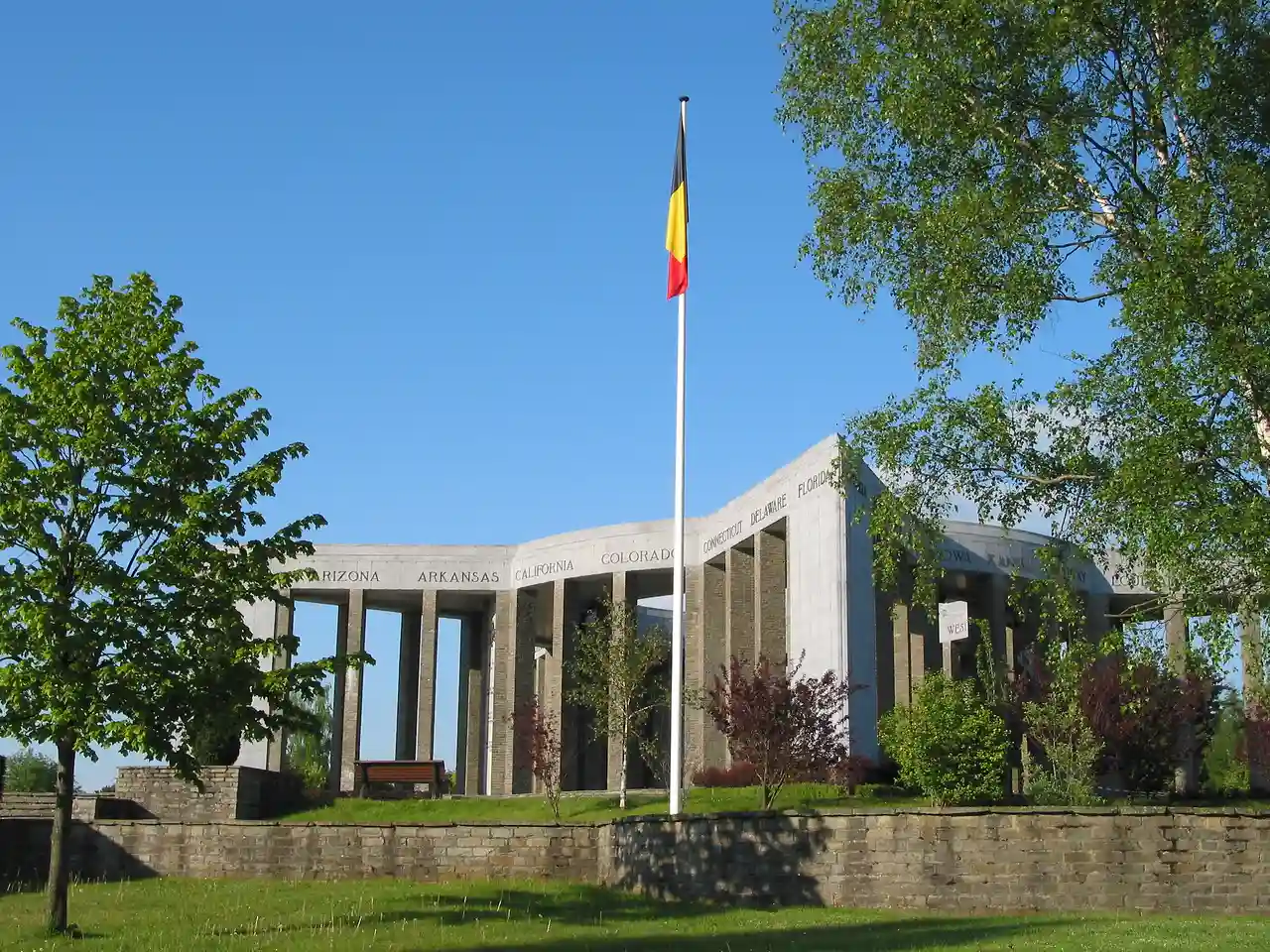
Ever stood where American soldiers made their last stand against Nazi forces? That’s what you’ll find in Bastogne, a small Belgian town that played a massive role in World War II’s Battle of the Bulge. This historic spot in the Ardennes region lets you walk in the footsteps of the 101st Airborne Division at the Bastogne War Museum, where personal stories bring the winter of 1944 to life. You can climb the star-shaped Mardasson Memorial for views over the former battlefields, and visit the actual foxholes in the Bois Jacques forest where Easy Company troops once hunkered down. For history buffs, it’s like stepping into a living museum, complete with local taverns serving hearty Ardennes ham and Belgian beer – just as they did when American soldiers frequented them decades ago.
Liege, Belgium
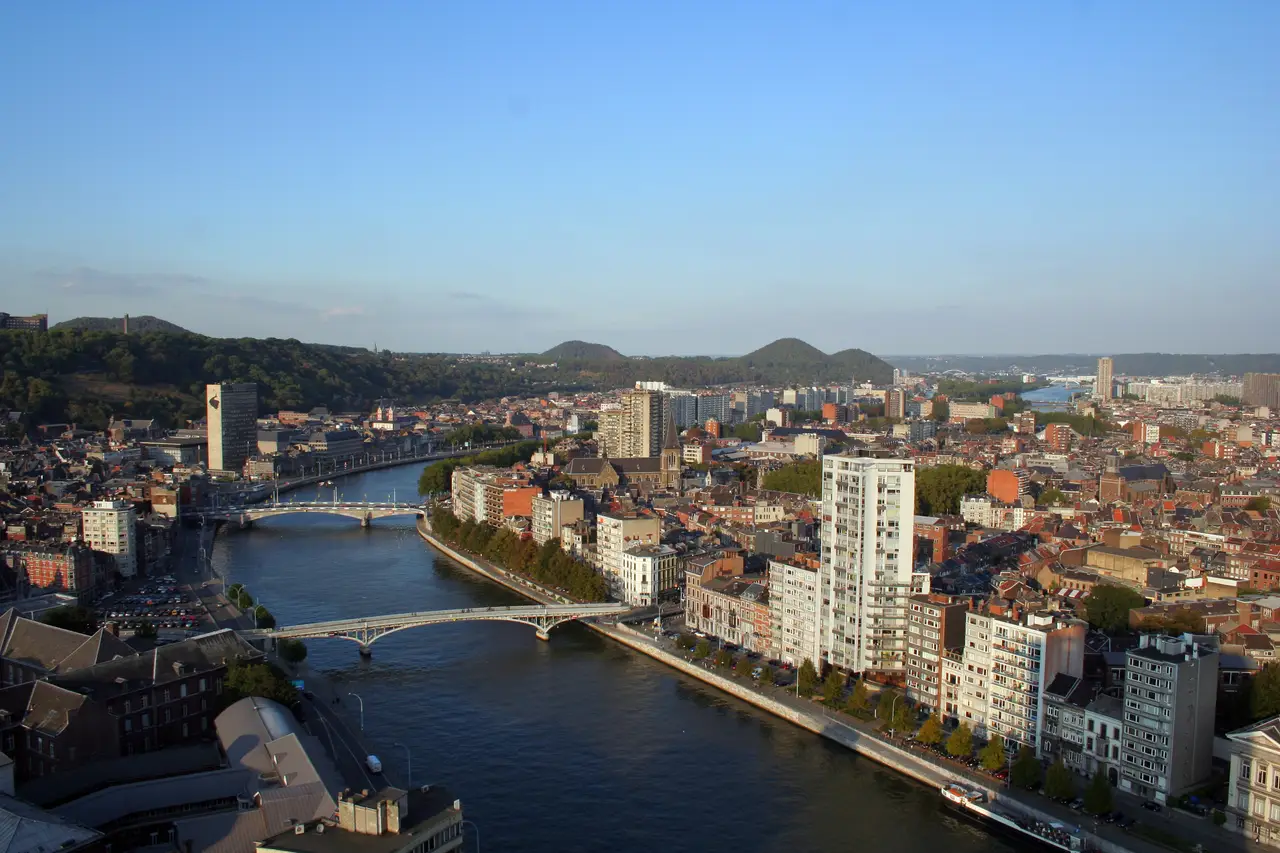
Many travelers head to Liege for its rich historical heritage and riverside location along the Meuse, but this Belgian city offers much more than just old-world charm. The city center features architectural gems like the Prince-Bishops’ Palace and the modern Liege-Guillemins railway station, designed by Santiago Calatrava. On weekends, La Batte market – Europe’s longest and oldest market – draws locals and visitors alike to browse fresh produce, local specialties, and unique finds along the riverbank. While the famous Liege waffles might be the city’s claim to fame, you’ll find plenty to explore year-round, from the 374-step Montagne de Bueren staircase to the fascinating museums that showcase the city’s industrial past.
Waterloo, Belgium
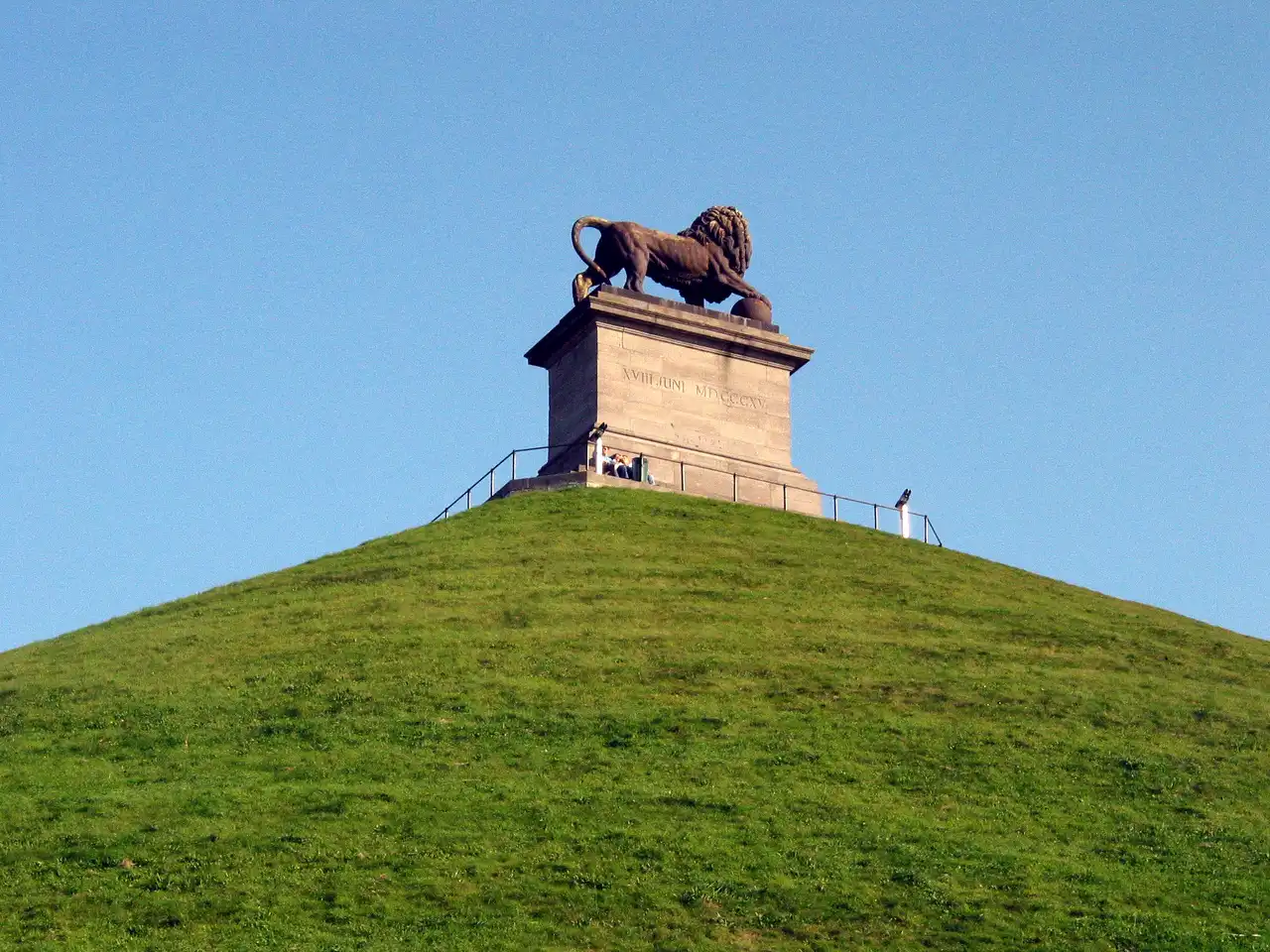
Just 30 kilometers south of Brussels lies Waterloo, a place that changed the course of European history forever. Like many Belgian towns, it has charming cafes and historic buildings, but what sets it apart is its connection to one of history’s most famous battles. The defeat of Napoleon Bonaparte in 1815 happened right here, and the town hasn’t forgotten it. You’ll find the massive Lion’s Mound monument, standing proud on the battlefield where thousands of soldiers once fought. Because of its historical significance, history buffs from around the world make their way to this modest town, exploring its museums and walking the same grounds where armies clashed over 200 years ago. The local restaurants even serve dishes named after the battle’s key figures, and you’ll spot Napoleon-themed souvenirs in nearly every shop window.
Namur, Belgium

Perched at the confluence of the Meuse and Sambre rivers, Namur serves as the capital of Belgium’s Wallonia region. Like many Belgian cities, it has its share of medieval architecture, cozy cafes, and winding cobblestone streets. But what sets Namur apart is its mighty citadel, one of Europe’s largest fortresses, watching over the city from above. As you explore the old town, you’ll notice the laid-back atmosphere that feels more like a small town than a regional capital. Thanks to its large student population, the city has developed a young, creative spirit, with indie boutiques and local breweries popping up between centuries-old buildings. The influence of French culture is evident here – from the language spoken on the streets to the excellent restaurants serving both traditional Belgian and French cuisine.
Ypres, Belgium
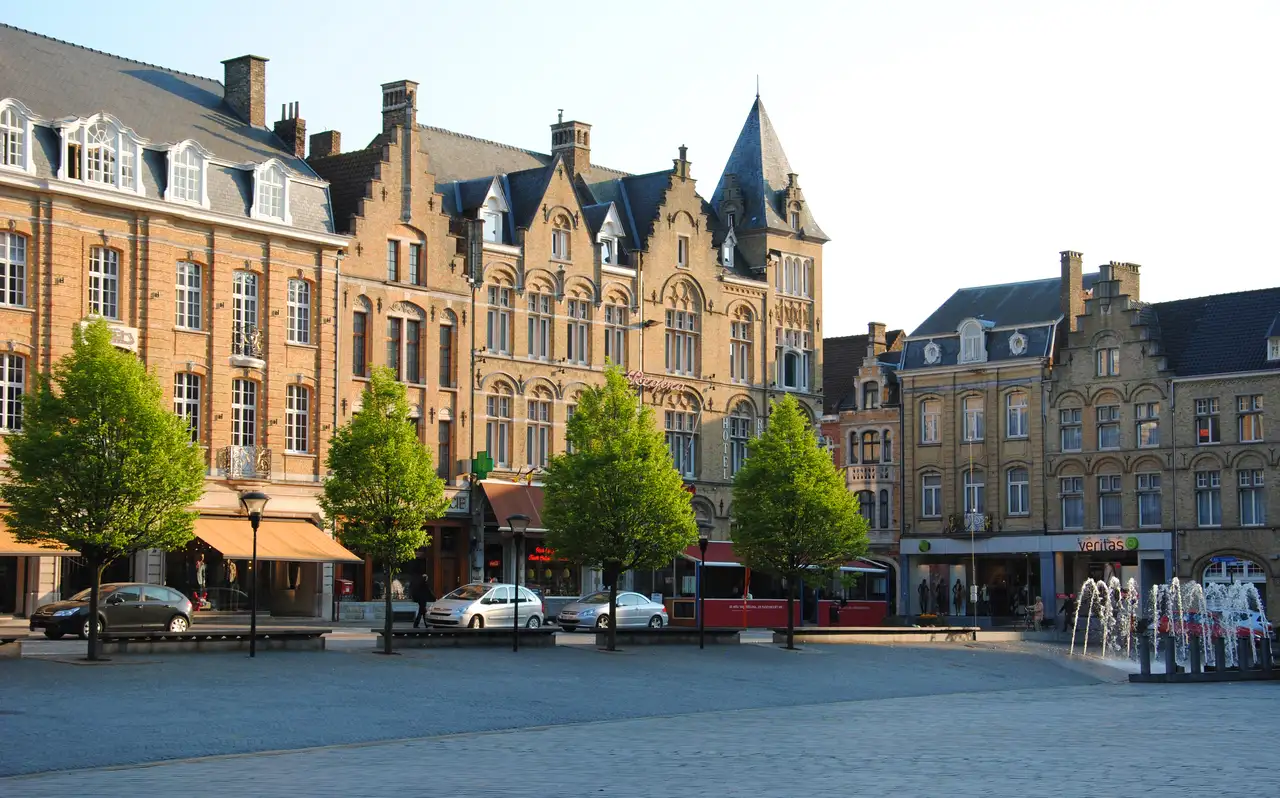
History buffs and World War I enthusiasts will find Ypres impossible to forget. This Belgian city, nearly destroyed during the Great War, has been carefully rebuilt to mirror its medieval character while serving as a powerful reminder of the conflict that changed Europe forever. The Menin Gate Memorial, where the Last Post ceremony happens every evening at 8 PM, honors thousands of Commonwealth soldiers who died defending the town. Walking through Ypres today feels like stepping into two different time periods at once – you’ll see Gothic architecture in the main square, including the impressive Cloth Hall, while just outside town lie preserved trenches and war museums that tell sobering stories of the battles fought here. It’s not a typical tourist destination, but that’s exactly what makes it special for travelers looking to understand Belgium’s role in shaping modern history.
Mechelen, Belgium
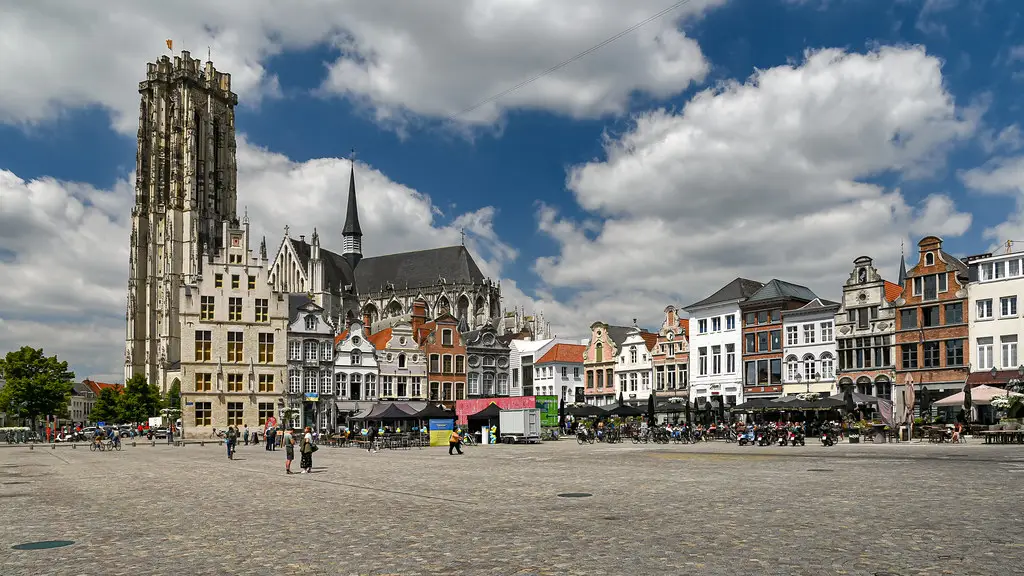
Located halfway between Brussels and Antwerp, Mechelen caught my eye during my Belgian adventure in 2019. This historic city along the Dijle River feels like a smaller, more relaxed version of its famous neighbors. Medieval architecture dots the city center, with the imposing St. Rumbold’s Tower standing proud as the city’s landmark. The streets here buzz with local life, especially around the Grote Markt where cafes serve traditional Belgian beers and waffles. What really sets Mechelen apart is its collection of eight historic churches, each holding precious artwork from the Northern Renaissance period. The city’s central square comes alive on weekends with markets selling everything from fresh produce to antiques, while the nearby Toy Museum draws families looking to explore its quirky collection of playthings from centuries past.
Spa, Belgium
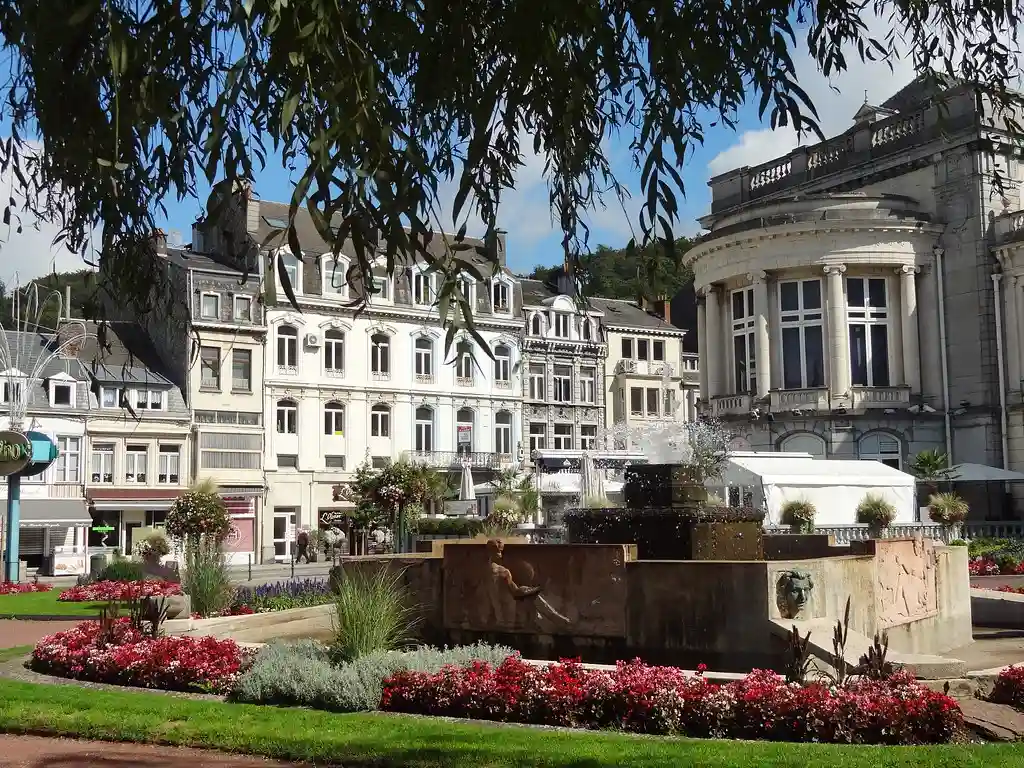
Many visitors head to the small Belgian town of Spa for its natural mineral springs, which have been drawing health-seekers since the 14th century. The town actually gave its name to the word “spa” that we use today for wellness centers worldwide. Located in the Ardennes region, Spa offers more than just thermal baths – you’ll find the historic Spa-Francorchamps Formula One racing circuit nearby, along with dense forests perfect for hiking and biking. While the elegant Casino de Spa and the Les Thermes de Spa complex attract visitors year-round, the surrounding woodland trails and parks provide peaceful spots for nature walks and picnics in warmer months.
Durbuy, Belgium
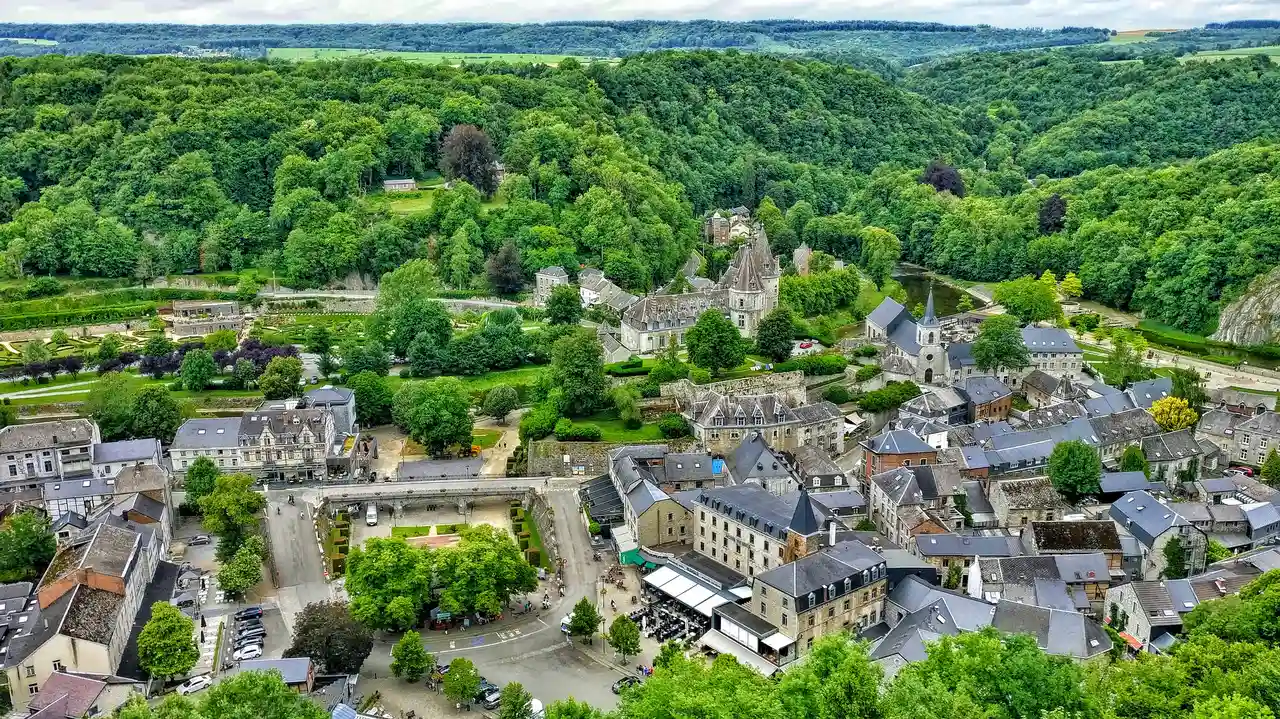
Known as “the smallest city in the world,” Durbuy draws visitors to its medieval streets and limestone cliffs in Belgium’s Walloon region. While many come for the perfectly preserved old town with its 17th-century castle and ancient stone buildings, the surrounding area offers excellent opportunities for outdoor adventure. Rock climbing enthusiasts flock to the towering rock formations, while kayakers paddle down the winding Ourthe River that cuts through the city. In summer, families enjoy the topiary park and Adventure Valley Durbuy’s ropes courses and zip lines, but the city maintains its charm year-round with local restaurants serving Ardennes specialties and weekly markets filling the cobblestone squares.

